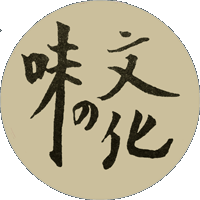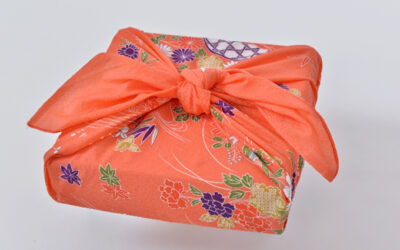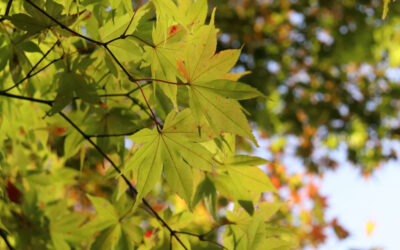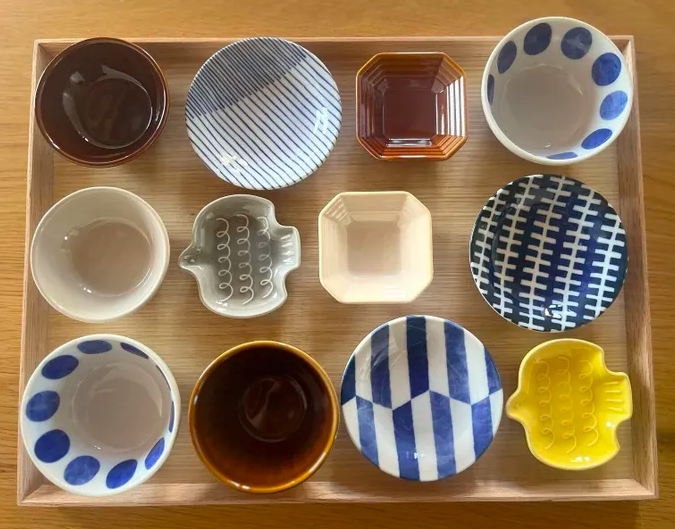
MAMÉ-ZARA 豆皿 (Small Plates)
One of the distinctive features of Japanese food arrangement is the use of many small plates and bowls in serving a meal. These vessels are typically varied in appearance (color, shape, design) and generally hold small portions of food that rarely fill the space.
This plating practice is in contrast to Western food cultures that typically serve large portions of food on dishes and platters that boast matching patterns (though the dishes may vary in size). In general, the food fully fills the vessel.
The many small dishes used in serving Japanese food are referred to as mamé-zara. The word mamé means “bean” and endearingly refers to diminutive sized items. This naming dates back to the 17th century though the use of such tableware is far more ancient.
Japanese culinary historians believe the origin of todays mamé-zara lie in the tiny téshio-zara 手塩皿 dishes that held salt and other seasonings and condiments. A 12th century banquet shows salt, vinegar, saké and hishio (a liquid drawn off from vats of miso that is the precursor of soy sauce) placed in tiny vessels on individual serving trays.
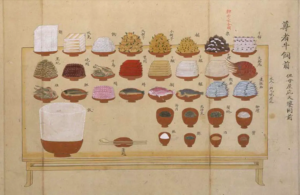
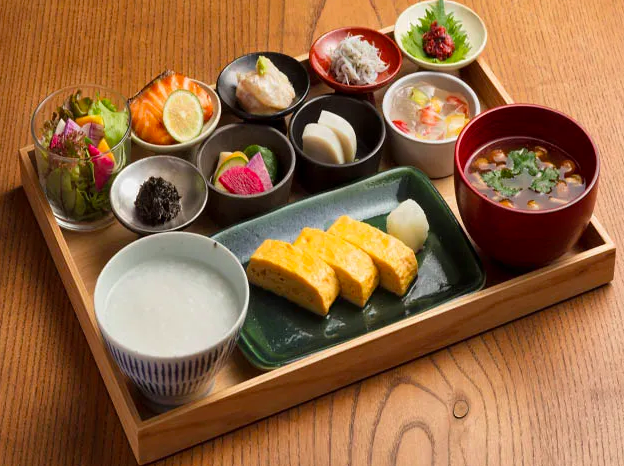
Small Bites to fill Your Mamé-Zara
Meal trays set with a variety of mamé-zara invite diners to sample all sorts of tidbits, even leftovers.
For suggestions and recipes visit PROJECT: Mamé-Zara.
My JUNE 2025 newsletter is about mamé-zara.
